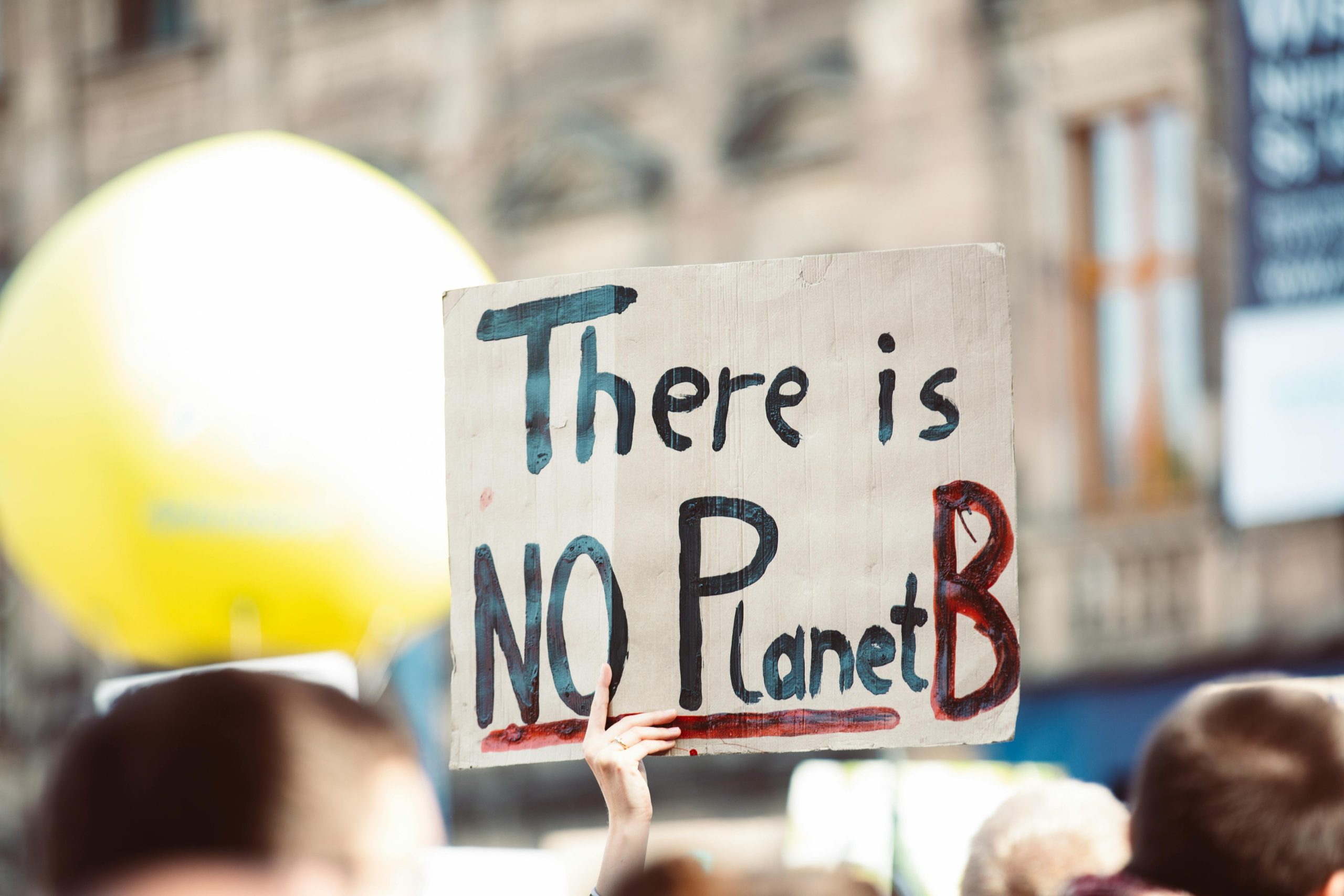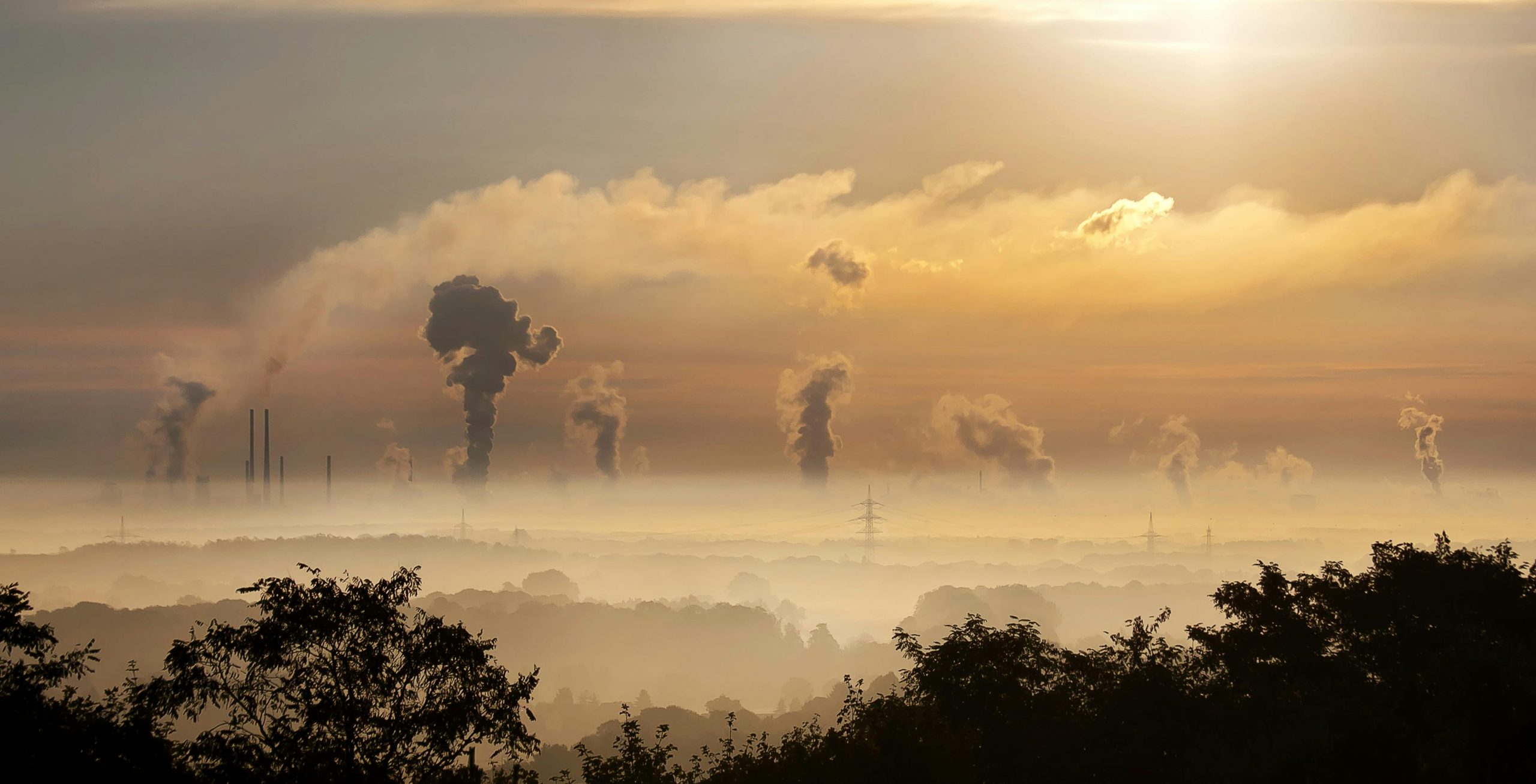By: Naziah Nawawie – Feb, 26 2024
Carbon dioxide (CO2) substantially impacts the ecosystem, and the rising levels resulting from human activities provide a clear danger. Carbon dioxide (CO2) is a vital gas that occurs naturally in the Earth’s atmosphere. It is essential for plant survival since it is a critical component in photosynthesis, the process by which plants convert sunlight, water, and CO2 into energy and oxygen. Human activities, especially burning fossil fuels like coal, oil, and natural gas, have significantly increased the amounts of CO2 in the atmosphere since the Industrial Revolution began. Carbon dioxide in the atmosphere contributes to global warming, resulting in climate change. Human activities have increased the atmospheric carbon dioxide concentration by 50% in under 200 years.
Carbon dioxide and other greenhouse gases act as an insulating layer, trapping some heat that the Earth would otherwise emit into space.
Before human utilization of fossil fuels, naturally, existing greenhouse gases played a crucial role in maintaining the Earth’s temperature at a suitable level for life. If not for them, the worldwide average temperature would be below freezing.
Current CO2 levels exceed those of the past 3 million years. Although they make up just 0.04% of the atmosphere, they represent a significant amount of heat-trapping gas, totaling billions of tons.
Effects Of Excessive Carbon
Global warming happens when carbon dioxide acts as a greenhouse gas, trapping heat from the sun and raising the Earth’s temperature. Climate change has several effects:
- Sea level rise is caused by the melting of glaciers and ice sheets due to increasing temperatures, which also impact the polar ice caps.
- Global warming exacerbates weather patterns, leading to heightened occurrence and intensity of heat waves, droughts, floods, and storms.
- Ocean acidification results from carbon dioxide dissolving in the oceans, causing increased acidity levels that harm marine life and ecosystems.
- Rising temperatures and changing weather patterns harm habitats and ecosystems, impacting the distribution and survival of plants and animals.
- High CO2 levels contribute to air pollution, which causes respiratory problems, cardiovascular disorders, and other health issues.
Addressing The Challenge Of CO2 Emissions
- Reducing CO2 emissions is crucial to alleviate the impacts of climate change. Here are some actions that can be implemented.
- Shifting to renewable energy sources such as solar, wind, and geothermal can greatly decrease CO2 emissions by replacing fossil fuels.
- Preserving forests is crucial as they are essential for sequestering CO2 from the atmosphere. Conserving current forests and initiating tree planting efforts can mitigate CO2 emissions.

What Is The Greenhouse Effect?
During the day, the sun distributes solar energy to the planet, warming the oceans and land. At night, the Earth allows this energy to escape through the Earth’s atmosphere. Greenhouse gases retain some escaping heat, keeping our plant at an ideal temperature for thriving.
The greenhouse effect occurs when greenhouse gases, such as CO2, absorb the sun’s solar radiation and trap heat within the Earth’s atmosphere, resulting in a temperature suitable for humans and other species.
What Can We Do To Minimize The Harmful Effects Of Carbon Dioxide?
Minimizing the negative consequences of carbon dioxide necessitates a holistic strategy at both the individual and systemic levels.
Reduce Emissions:
- Transition to renewable energy: Replacing fossil fuels with solar, wind, geothermal, and other renewable sources of electricity, transportation, and heating cuts CO2 emissions dramatically. Individual choices such as purchasing electric vehicles and supporting businesses that use renewable energy are required, as are structural changes such as government subsidies and infrastructure development.
- Increase energy efficiency: Implementing energy-saving measures in households, businesses, and enterprises reduces overall energy usage and, thus, CO2 emissions. This involves employing energy-efficient appliances, implementing sustainable construction techniques, and engaging in responsible energy-use behaviors.
- Reduce dependency on personal vehicles: Walking, cycling, public transit, or carpooling whenever possible reduces individual carbon footprint. Furthermore, measures encouraging walkable communities and efficient public transportation can greatly impact.
- Reduce consumption and waste: Choosing sustainable products with a lower environmental impact, reducing food waste, and using reusable things instead of disposables lessens the need for manufacture and transportation, often emitting CO2.
Enhance CO2 Removal:
- Protect and maintain forests: Forests are natural carbon sinks that absorb CO2 from the atmosphere. Protecting existing forests, halting deforestation, and actively planting trees can all help to reduce CO2 emissions dramatically.
- Support carbon capture and storage (CCS) technology: These systems absorb CO2 emissions from industrial sources such as power plants and store them underground, preventing them from being released into the atmosphere. However, ethical considerations and the long-term effectiveness of CCS must be carefully evaluated.
- Explore new technologies: Research and development of breakthrough technologies, such as direct air capture, which removes CO2 directly from the atmosphere, hold promise for future CO2 removal solutions.
Collective Action:
- Support organizations: Contribute to or volunteer with organizations dedicated to climate change solutions, such as renewable energy initiatives, forest conservation, and advocacy groups.
- Participate in community efforts: Local activities encouraging sustainable practices, such as tree planting effort, community gardens, renewable energy campaigns, and waste reduction programs.
- Hold both businesses and governments accountable: Demand that corporations and policymakers emphasize sustainable practices and adopt effective climate change mitigation initiatives.
Individual Action:
- Stay informed: Educate yourself on climate change and the numerous solutions available.
- Advocate for Change: Support legislation and efforts encouraging renewable energy, energy efficiency, and environmentally friendly activities.
- Make conscious actions: Choose sustainable products, lower your carbon footprint via everyday decisions, and inspire others to do the same.

The crucial thing is that we all start taking action now, before it’s too late. It’s important to remember that combating climate change necessitates a worldwide effort. Individual activities are necessary, but systemic changes through government policies, technology developments, and collective action are critical for significantly reducing CO2 emissions and limiting the negative effects of climate change.
Sources: Columbia Climate School, Moretrees.eco , NASA, National Geographic






